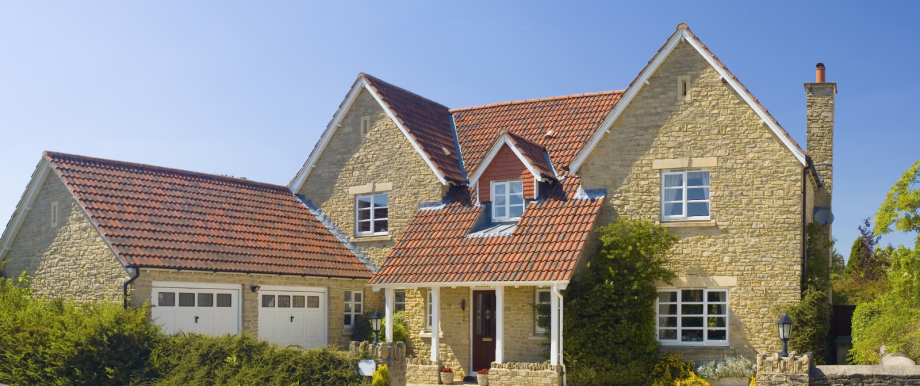
Damp Surveys
Damp within a property can be first identified in a number of ways such as by the owner, by a contractor prior to other works or by an RICS surveyor as part of the sale process. We are able to undertake surveys in any situation where damp has been identified and a clear unbiased solution is required.
In the case of a sales based survey, an RICS or RPSA surveyor undertakes a survey on a property as part of that process, using a damp meter to get an overview of any raised moisture levels within the property. If raised readings are noted then he may request a damp survey.
It may well be that the problem is not a major cause for concern and that it will be easily rectified at minimal cost, however, if a more serious issue is found then we will seek to minimise disruption and cost and to give a schedule of works, if required, that will mean that all the contractor quotes that are sought will be quoting for the same works. This means that a clearer decision can be made based on a set scheme of works, rather than trying to identify what each company is trying to achieve and at what cost.
With many years experience within the industry we are able to offer surveys based on an expert view, not based on profit margins or poor diagnosis. This means that, whilst the survey is an upfront cost, the savings that can be made on the works will more than cover the cost of the report in most cases.
I aim to undertake any survey as quickly as possible and then return the report within 24-48 hours. This minimises the inevitable stresses and strains associated with this kind of issue and we are available to talk after the event should the need arise.
Background
Damp can be a big issue within any property, and a major headache for the owner. However, frequently the cause of the problem is put down to rising damp when in reality only 10% of all damp problems are caused by rising damp. This is even the case in very old houses that don't have a damp proof course. This means that 90% of the time the cause is down to another factor.
These cases usually fall into the following categories-
- Condensation
This has become an increasingly serious problem since houses have become increasingly well sealed up by double glazing, non-breathable floor coverings and various heat saving measures. However, the result of this is that all the moisture generated by the people within the house is trapped and held within the air, and once the moisture levels are high enough and the air temperature low enough, the moisture will start to condense out onto colder surfaces.
This condensation will cause decorative issues and lead to mould growth with all it’s associated health issues.
- Penetrating Damp
When you try to create a waterproof environment, such as a house, water will be constantly trying to get in any way possible. This could be by wind driven rain or a defect within the fabric of the building, or even drawn through the walls by salts that are hidden within the brickwork. It could also be via faulty guttering, poorly applied render, unsuitable external ground levels, the list goes on and on, but the problems does not need to, if the issue can be found and remedied.
Using a mixture of quality surveying equipment and a good dose of knowledge, the problem can often be located and rectified with the minimum of disruption. This is obviously not always the case but more often than not we are able to specify works that will be cost effective, with minimal disruption and cost.
- Leaking Pipes
A small leak in a pipe, be it bringing water into the house, or removing the waste, can be serious if left for long periods of time as they tend to go unnoticed for many months. However, once identified they are normally quite easy to fix and will dry out naturally over time.
It is also rather too frequent that we get spills from tanks, cisterns, baths, showers or washing machines. Whilst this is not usually a big problem and an easy fix, the damage to decoration can be a problem that needs to be dealt with once dried out.
- Rising damp
So sometimes it does happen! But not very often!
It is usually caused by the foundations being constructed below the ground water table or by poor finishing detail to the property that will allow a bridge for the water to bypass the damp proof course.
Water will rise up the wall until it meets a barrier, usually in the form of a damp proof course, but on occasion this barrier has either been damaged or bridged thus allowing the water to progress up the wall.
However, as noted before, the instance of this being the main factor is unusual and the cause is usually a raised ground level, a blocked cavity or faulty rainwater goods for example.













